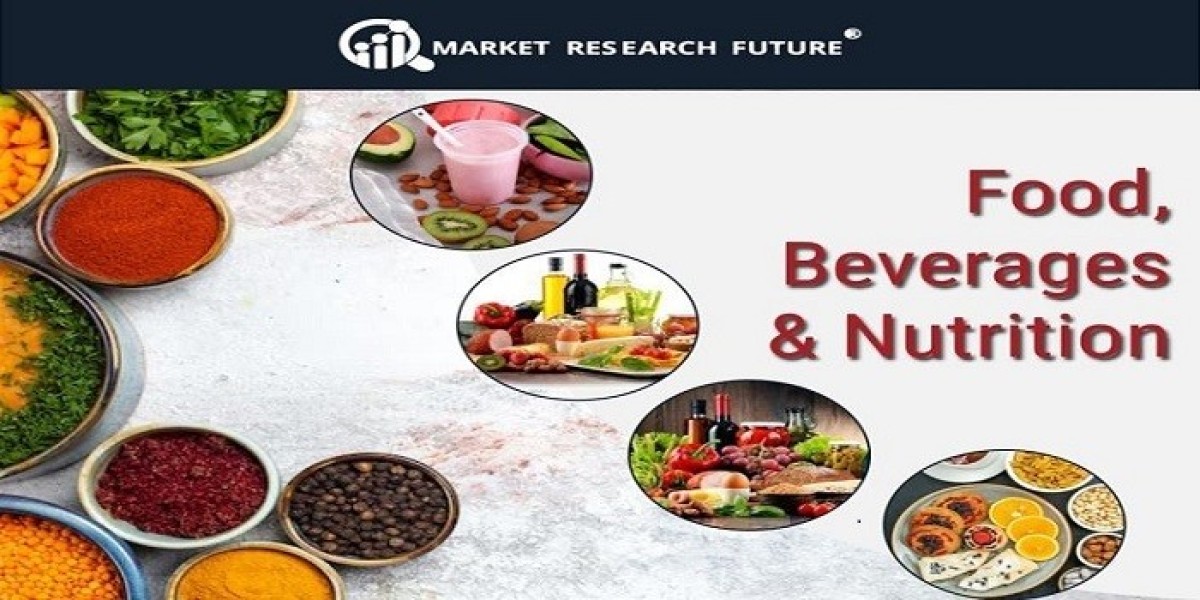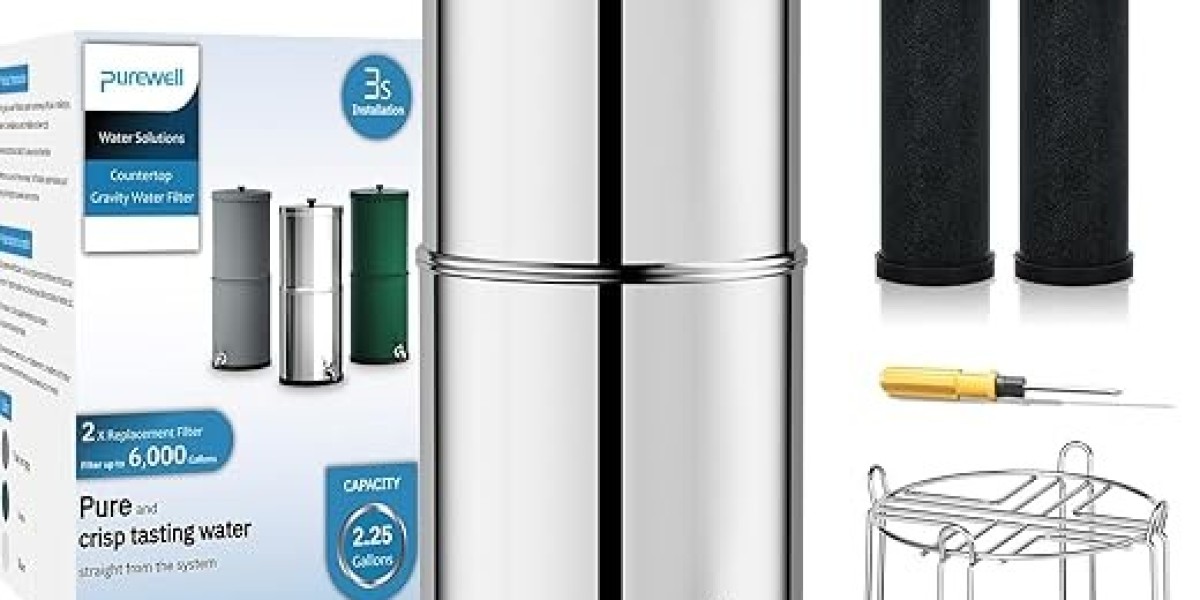IPM pheromone products are powerful tools in the quest for safer, more sustainable pest control. Yet their adoption is not universal. Producers, agribusinesses, extension services, and policymakers need to understand what’s slowing uptake—and how to address those challenges. Based on the MRFR data and complementary studies, below is an exploration of those barriers—and possible solutions.
Key Challenges
Cost & Affordability
Pheromone traps, dispensers, and high-quality lures often cost more upfront than generic chemical sprays. For small farms with tight budgets, the upfront investment can be a hurdle. Also, product replacement (e.g., traps needing maintenance, lures needing replacement) adds recurring cost. MRFR notes that cost remains a barrier in many markets.
Awareness & Training Gap
Many farmers, especially in developing regions, are unfamiliar with how to select, deploy, and monitor pheromone-based tools properly. Misuse or suboptimal deployment reduces efficacy and dissuades further use. Lack of accessible extension services or training programs exacerbates this.
Regulatory Complexity
Pheromone products, especially novel formulations, often require regulatory approvals. Each country may have different requirements for efficacy, safety, residue, environmental impact. Delays or high costs in registration slow market entry.
Species/Pest Specificity
Pheromone systems are often very specific to particular pests. If a target pest infests multiple crops or regions, a single product may not suffice. Developing many different pheromones for many pests can increase R&D and production complexity.
Environmental Factors
Temperature, humidity, sunlight, rainfall etc. can degrade pheromone compounds or reduce efficacy of traps/dispensers. Ensuring stability under varied field conditions is a challenge.
Distribution & Access
Availability of pheromone products in remote or less-developed agricultural regions can be poor. Supply chain, logistics, cold/humidity storage (for some types) may limit access.
Solutions & Mitigation Strategies
Economies of Scale & Cost Optimization
Manufacturers can invest in process improvements, scale production, explore cheaper but effective materials, longer lifespan delivery devices to reduce per hectare cost.Training & Extension Services
Governments, NGOs, and private sector could run workshops, demonstration farms, farmer field schools to show how to use pheromone traps/dispensers effectively, interpret trap outputs, decide on interventions.Regulatory Harmonization
Where possible, streamlining requirements, mutual recognition between countries, and offering regulatory incentives/tax breaks for eco-friendly pest tools can reduce friction.Product Innovation
Designs that are more resilient to environmental stresses, longer lasting, modular or universal for multiple pests, or with blended pheromones could reduce complexity. Sensor-enabled smart traps could reduce monitoring effort.Local Customization
Products tailored to the pest spectrum, climate, cropping systems of local areas will be more effective. Local R&D and collaboration with agricultural research institutions help.Improved Access & Distribution
Partnerships with local agro-dealers, input suppliers; small-packaging; easier transport and storage; possibly government subsidies for remote areas.
What’s Needed from Stakeholders
Governments / Policy Makers: offer supportive policy (e.g. subsidies, tax incentives), build regulatory frameworks friendly to biologically based pest control.
Industry / Manufacturers: invest in R&D for durable, cost-efficient products; support education; ensure product quality.
Agro-extension / NGOs: play role in awareness, demonstration, field trials.
Researchers: continue developing and validating new pheromones, blends, formulations, and delivery technologies appropriate for climate variability.
Conclusion
The promise of IPM pheromone tools is clear: safer produce, lower environmental impact, reduced chemical dependence, and better long-term pest control. But realizing that promise broadly depends on overcoming cost, awareness, regulatory, logistical, and technical challenges. With concerted action across the value chain, these barriers can be reduced—and the market is well-positioned to scale substantially in the coming decade (from ~USD 3.4-USD 3.7 B now to ~USD 6.9 B by 2032).







